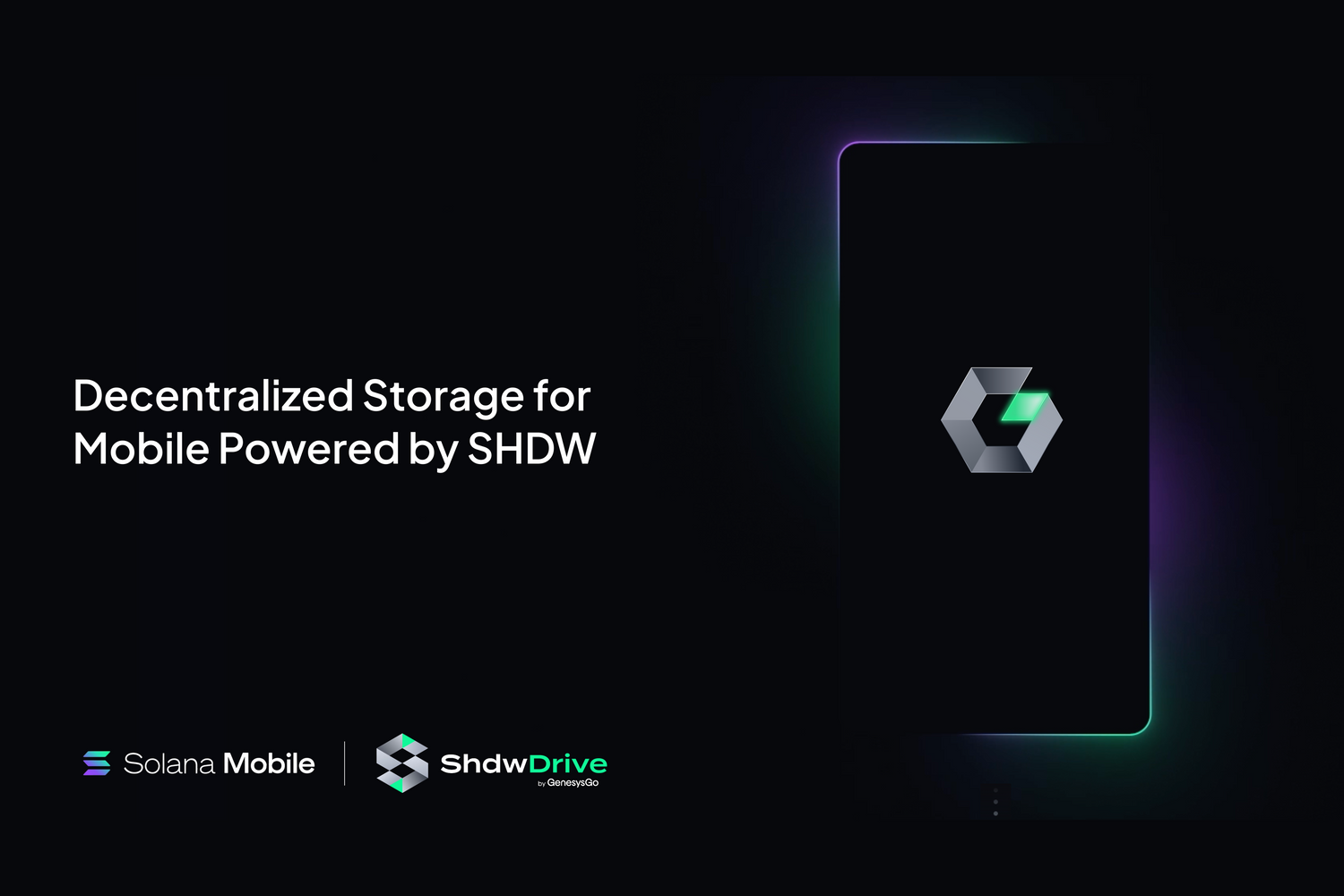Are Mobile-First dApps the Future of Crypto?
With mobile internet usage dominating desktop platforms, blockchain applications are wisely preparing themselves for a mobile-first future.
The future of the internet is on mobile devices. While the internet might have been born on dial-up connections, fax machines, and bulky desktop PCs, smartphones have become our primary portal to the online world.
Mobile devices have captured over 60% global device market share, asserting year-on-year growth over desktop devices. Nowhere is this more apparent than in younger generations. Gen Z is leading the charge into the mobile future, with 75% of the age group preferring the mobile experience over alternatives.
Ever-adaptable, the Web3 world recognizes that mobile-first solutions will play an essential role in the future of the industry.
The Growth of Mobile dApps
Mobile–first dApps across the blockchain industry have already proven their ability to rapidly onboard users. One of the most viral consumer apps of this cycle, friend.tech, attracted over 800,000 unique users in a matter of months, based on Dune Analytics data.
The SocialFi platform briefly became one of the most valuable apps in the industry, generating over $2M in daily fees during peak activity in September. The interface was specifically designed for mobile usage and served as an introductory blockchain experience for hundreds of users.
The Solana ecosystem is ideally positioned for a mobile-first world. Beyond industry-leading performance and scalability, Solana has also taken brave steps towards challenging the mobile duopoly, taking on tech giants like Google and Apple, with the rollout of the Solana dApp store.
The Solana Saga, a Web3 mobile phone, faced harsh criticism when it originally launched. Widely considered a failed experiment, the Solana Saga was trashed by reviewers, with heavyweight Web2 tech influencers like Marques Brownlee imploring his followers to avoid the device at all costs.
However, the Solana Saga bounced back. In collaboration with BONK, the Solana mobile device flew off the shelves in Q4 last year, effectively placing a DePin-capable device directed in the pockets of tens of thousands of Solana users.
But Solana didn’t stop there. The success of the BONK campaign inspired the development of a second Solana mobile device. Currently named Chapter 2, the follow-up device has already witnessed immense demand, with over 140k units pre-ordered.
Solana has laid the foundation for a thriving and unique mobile dApp experience, complete with complementary hardware. Unsurprisingly, dozens of apps from across the Solana ecosystem, whether in DePin, Gaming, or DeFi sectors, are deploying in the Solana dApp store.
Even Jupiter, the largest DeFi application on Solana, has acquired the Ultimate Wallet mobile app to onboard millions of users to the network.
Underneath it all, infrastructure providers are often the unsung heroes of hyper-performant platforms. As we stand on the precipice of a mobile-first era, decentralized mobile data storage will become more important than ever before.
GenesysGo’s Mobile Data Storage Solution
GenesysGo’s mobile ShdwDrive application is pushing the boundaries of decentralized data storage and reimagining how mobile devices can be used. Earlier this year at Crossroads Istanbul, GenesysGo unveiled a revolutionary Proof-of-Concept, creating the world’s first-ever decentralized storage network powered entirely by mobile devices.
Recognizing that mobile devices will drive the future of the internet, GenesysGo allows users to monetize their mobile devices’ unused hard drive space. With mobile penetration and usage proliferating throughout younger generations and low-resource nations, the shdwDrive aims to become the world’s largest decentralized data storage platform.
Decentralized data storage solutions are dramatically more cost-effective than traditional server farms. Additionally, centralized providers are devastating to local environments, consuming enormous amounts of energy and emitting destructive carbon emissions.
Platforms like ShdwDrive promise a far more sustainable solution, while empowering individuals across the globe to transform their mobile devices into yield-bearing assets.
Some of the world’s largest financial institutions have also taken note. TradFi giants like Franklin Templeton recently highlighted the DePin sector as a critical disruptor to the existing monopoly on data storage.
With the Solana ecosystem continuing to claim the cross-chain spotlight and outperform rival networks, protocols like GenesysGo are primed to capitalize on the growth of the wider network.
Read More on SolanaFloor:
Universal LST provider Sanctum weighs in on their aspirations for LST technology:
Sanctum's Bet on Personal LSTs: The Future of Solana's Social Layer?




